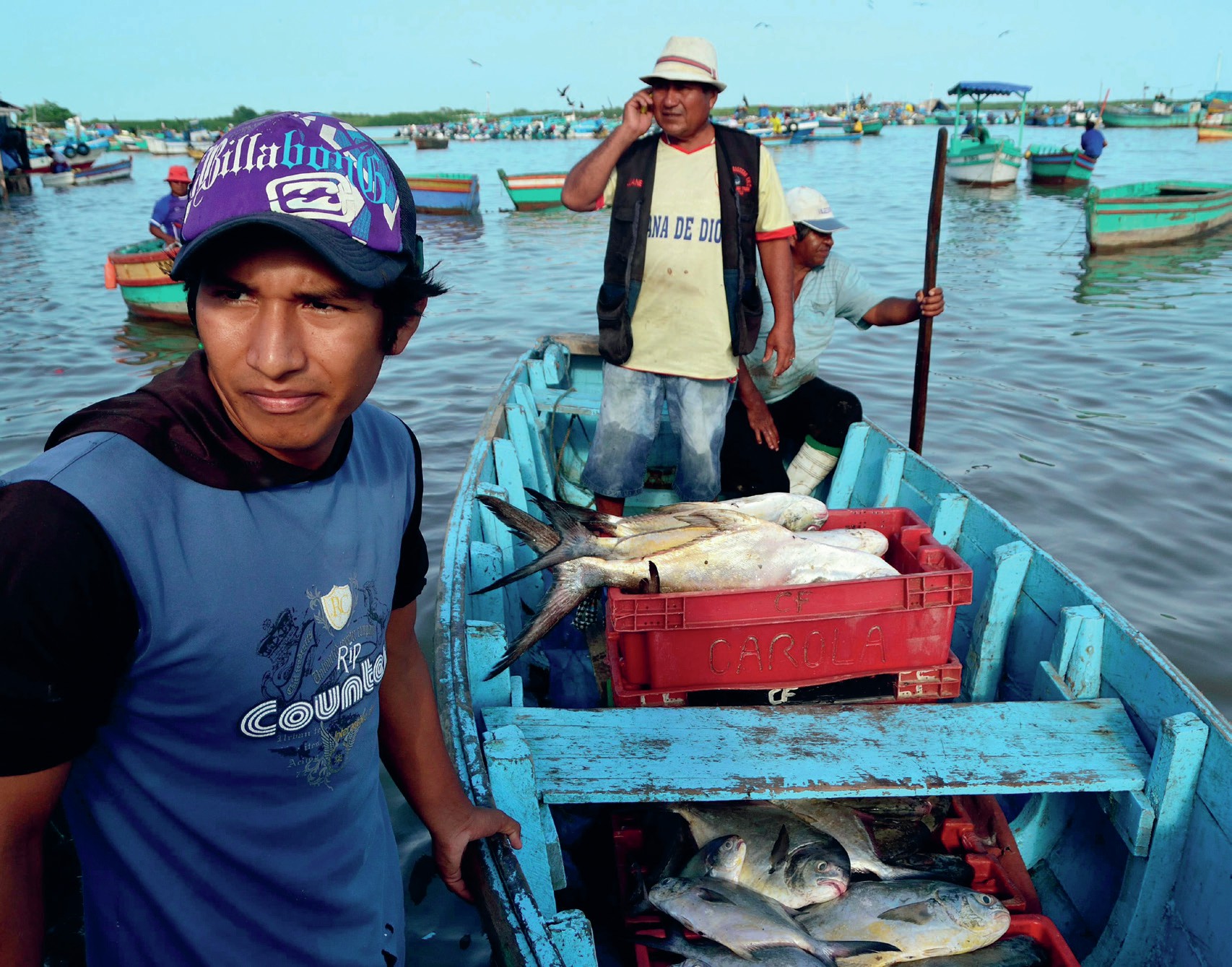
El Niño Southern Oscillation, or ENSO, is usually viewed as one of the most important causes of extreme weather in the world. Change in the distribution of rainfall driven by El Niño events can lead to flooding and landslides or can cause prolonged droughts, impacting on water security (see Further reading).
But where did this phenomenon come from? Although ENSO-related extreme weather events have been happening for thousands of years, El Niño was only ‘discovered’ around 100 years ago. This article traces that discovery and demonstrates how a particularly ‘geographical’ approach to studying climate can help us understand the way that hazards are perceived and responded to.
Your organisation does not have access to this article.
Sign up today to give your students the edge they need to achieve their best grades with subject expertise
Subscribe




